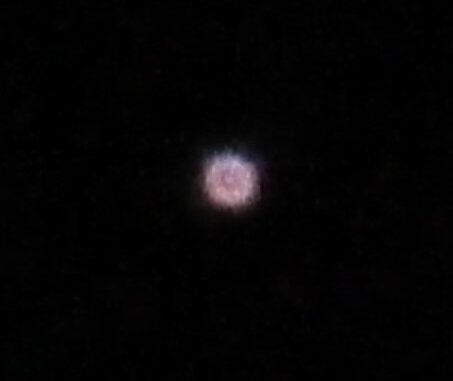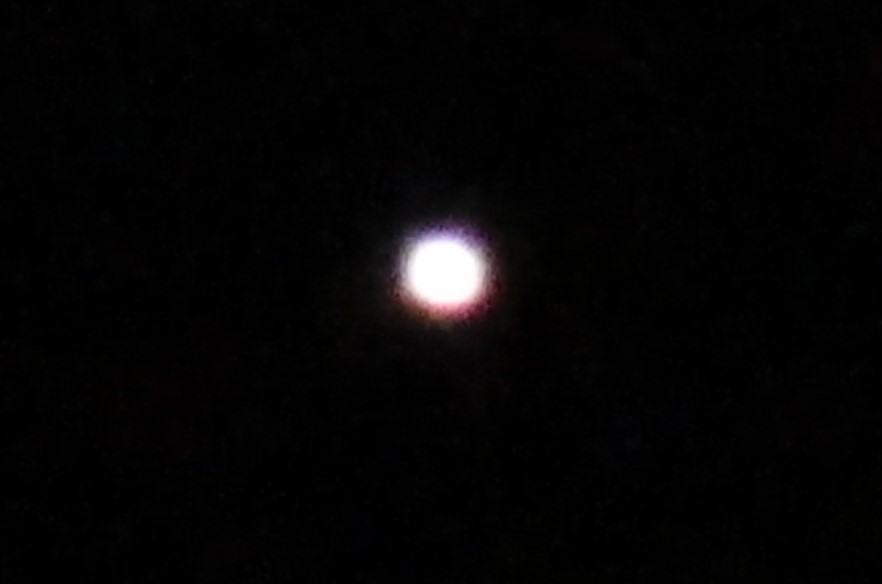
Andrew Dawson, Editor-in-Chief |
On Monday, September 26, stargazers had the opportunity to see the solar system’s largest planet Jupiter, for the first time since 1964. Jupiter rose in the east and the sun set in the west, giving people the once in a lifetime chance to see Jupiter from the naked eye. While some people may have mistaken Jupiter for a bright star, NASA encouraged everyone to have their binoculars, telescopes, and large lensed cameras ready to get a closer look at this incredible planet.
Jupiter was visible because it coincided with an event referred to as opposition. Opposition is when a planet is on the opposite side of Earth from the sun. During opposition, planets appear bigger and brighter in the night sky. Jupiter moves in opposition every 13 years, and it rarely coincides with the Earth’s 365-day orbit around the sun. However, this year the planets aligned perfectly, allowing Jupiter to brighten up the dark night sky.

According to NASA, Jupiter was only 367 million miles away from Earth on Monday night. While that distance might seem anything but small, the distance between Earth and Jupiter can be up to 600 million miles away at its furthest point. But why was a planet that’s 11 times wider than Earth simply appear as a small star in the sky? While Jupiter was the closest it’s ever been to Earth, it doesn’t compare to the distance between the Earth and the sun. The distance between the Earth and the sun is 93 million miles away. That is why Jupiter appeared to be an insignificant star in our solar system on Monday night.
If you were viewing Jupiter from the naked eye, the planet appeared to be white. However, stargazers using telescopes and binoculars could see the banding down the center of the planet and some of Jupiter’s larger moons. People viewing with advanced telescopes could even see Jupiter’s “Great Red Spot” which is a storm in Jupiter’s atmosphere that is so wide it could swallow two Earth’s that are side by side.

If you didn’t have the chance to see Jupiter on Monday night, the James Webb Telescope captured some amazing images that you can view on NASA’s website. And for those of you wondering when Jupiter will be this close to Earth again, astronomers are predicting it to be the year 2129. So, have your camera on a tripod and have your popcorn ready! We only have 107 years until we can see the giant gas planet again!
Leave a Reply